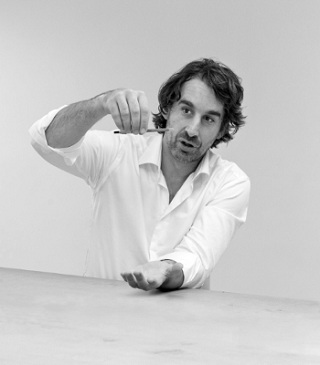Dec 9 2015
Dutch architect Janjaap Ruijssenaars (Universe Architecture) has developed a new technique to generate free energy in a sustainable way at home. Ruijssenaars' mechanism, whereby energy is released by perpetually unbalancing a weight, offers an alternative to solar and wind technology. The technique is now patent-pending.
 Gravity, an inexhaustible and always present source of power for harvesting energy from falling or tilting objects. (PRNewsFoto/Universe Architecture)
Gravity, an inexhaustible and always present source of power for harvesting energy from falling or tilting objects. (PRNewsFoto/Universe Architecture)
Says Ruijssenaars about the invention: "Intuitively, I thought that gravity must have something to offer, given that everything is drawn to earth. By unbalancing a weight at the top that is only just stable, using little force, a large force is created at the bottom at a single point. The idea was that this should yield something."
Scientists are calling the technique a breakthrough "because, thanks to clever use of gravity, the energy yield from the so-called Piezo method, which converts mechanical pressure into electrical energy, is increased from 20 to 80 percent," says Theo de Vries, system architect and Senior Lecturer of the group Robotics And Mechatronics, associated with the University of Twente.
"Ruijssenaars literally turned the method on its head, as a result of which we, as scientists, have started to look at this method in a new light. Everything that is currently offered as mechanical energy will actually be useful, thanks to the invention."
Professor Beatriz Noheda at the Rijksuniversiteit Groningen, faculty of Mathematics and Natural Science, truly believes that piezoelectric energy harvesting is part of our future and says this increase in the efficiency is very welcome. "In situations where we cannot work sustainably with solar modules, we may well be able to use this new technique."
Ruijssenaars is looking forward to the implementation of his invention, which he developed alongside scientists Theo de Vries and Jan Holterman, who wrote a reference work about Piezo.
De Vries and Holterman, both of whom work at VIRO, an international engineering company that solves technical problems for companies in the industrial sector, will be working with Ruijssenaars to find practical applications for the technique. Potential uses might include the manufacture of a sustainable and therefore "clean" phone charger, or of a generator for lighting in homes; the possibilities are endless.